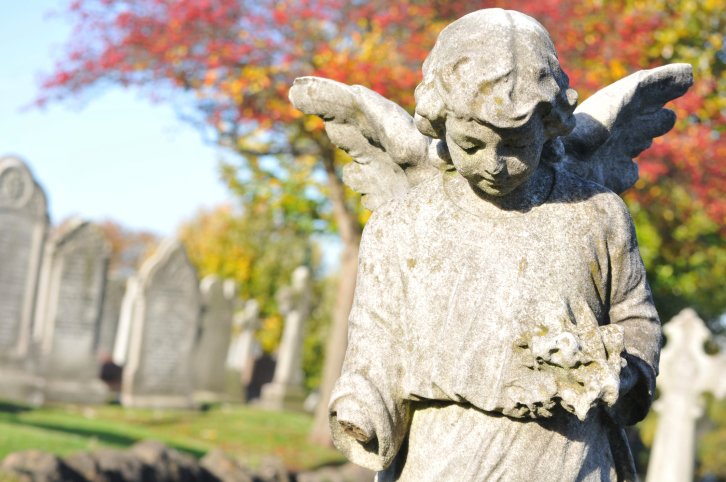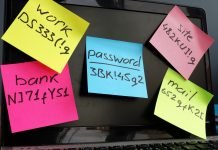
Take your driver’s license out of your wallet. Flip it over. Now look carefully at the back of it. There’s no box to check for “Identity Donor.” Yet when it comes to identity-related crimes, one of the greatest times of vulnerability is immediately after you die.
You can do everything right. You can use long and strong passwords and account-unique user names. You can check your financial accounts and monitor your credit on a regular basis, you can set up transaction alerts on your credit cards — even order a credit freeze — and then you die. Well, not entirely…
Include Identity in Your Estate Planning
A good identity thief can undo all your fraud precautions with a few phone calls. Most people don’t think about this, because it’s a wee bit late to refinance the family homestead — much less worry about interest rates — when you’re dead. Regardless, the recently deceased continue to exist on paper, and this may be the case for some time. Meanwhile, many bankable facts — key among them your Social Security number and personally identifiable information — are just sort of there in the form of “zombie” purchasing power. An identity thief can use that purchasing power to drain your bank accounts, open new credit in your name and perpetrate all sorts of fraud that can impact your family and heirs.
Think of your post-mortem identity as a would-be extra on “The Shopping Dead.” Now that you have that image in your head, take the time to arrange for the deactivation of your identity by making it part of your estate planning. This will mostly take the form of a to-do list for whomever will be handling your affairs, since nothing can be done till…well, you know, after the fact. There are many good resources, including this list from the Identity Theft Resource Center.
There are many different scams out there, ranging from the misappropriation of Social Security payments to the more old-fashioned practice of ghosting, whereby a person of approximately the same age assumes the identity of the deceased. In keeping with the proliferation of possible crimes, there are plenty of criminals out there who make a living in this post-mortem niche. They scan death notices in the local paper, read obituaries, even attend funerals, and, make no mistake about it, they can get a lot of shopping done with your available credit before the three credit reporting agencies and your current and future potential creditors are notified of your demise. Those same bad guys may also use your Social Security number to grab a big fat tax refund (if you’re lucky enough to pass away during tax filing season).
How will they get the information needed to commit fraud? Sometimes the perpetrator is a family member, so they already have access. But more often, family members are distracted and distraught. There are visitors who come and go, unchecked, and of course the numerous demands of making final arrangements and dealing with matters of the estate. If there was a long illness, unsupervised healthcare workers may have had the run of the deceased’s domicile — including the owner’s most sensitive information. Maybe the wake was at the deceased’s home, or people sat shiva there. The opportunities for fraud abound. Funerals, of course, provide a thief with a precise time to get what he or she wants. But instead of grabbing the television or the silver (too easy to miss), an envelope containing a financial statement or a copy of last year’s tax return might go walkabout. From there, it’s a race to apply for as much credit and buy as many pricy things for resale as possible before the money spigot coughs credit dust.
The Bigger Picture
Government agencies are famously slow to get the news of a person’s undoing.
A recent audit of the Social Security Administration conducted by the Office of the Inspector General found approximately 6.5 million Social Security numbers belonging to people aged 112 or older whose death information wasn’t in the system. Of those numberholders, only 13 people were still receiving payments, the rest consisted of “numberholders who exceeded maximum reasonable life expectancies and were likely deceased.” The fact that their deaths were not recorded in Numident (the SSA’s numerical identification system), and thus are also missing on the Master Death List, leaves plenty of runway for misconduct. According to the audit report, the “SSA received 4,024 E-Verify inquiries using the SSNs of 3,873 numberholders born before June 16, 1901.”
On the off chance you missed the memo while diving for sunken treasure at the bottom of Loon Lake: Identity theft is now the third certainty in life, right behind death and taxes. When a loved one passes, there is a trifecta, which is why it’s trebly important to protect against the threat of a different kind of life everlasting.










